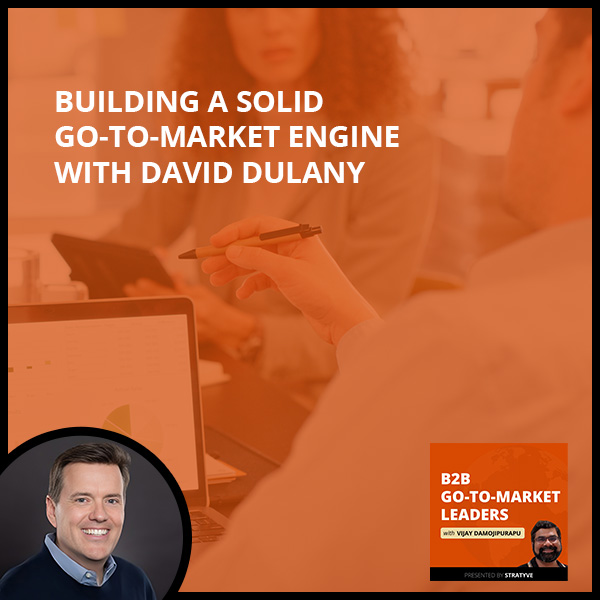

“Sales development becomes the connective tissue between the marketing team and the sales team and even beyond.” This is what the Founder and CEO of Tenbound, David Dulany, highlights in today’s episode. Joining Vijay Damojipurapu, he takes us deep into the world of sales development at Tenbound and how it weaves into their solid go-to-market engine. Tapping into the three-pronged content, community, and events, David shares how he sets these pillars into motion along with the challenges and constraints of doing them. Tune in to learn more about how David started his journey in the industry, equipping you with great lessons on leadership and go-to-market along the way.
—
Listen to the podcast here
Building A Solid Go-To-Market Engine With David Dulany
It’s great to have you take time and tune in to the show. I’m grateful for all that you’re doing. Hopefully, you are enjoying the show and spreading the word with your friends and community. This is yet another great guest on the show. I have with me David Dulany who is the Founder and CEO of Tenbound. Welcome to the show, David.
Thanks for having me. I’m excited to dive in.
We always open the show with this question, which is how do you view and define go-to-market?
Go-to-market is the prevailing term right now. The way that I look at it is busting silos, so integrating marketing, SDR, sales, customer service, and product development into one unified go-to-market team. It is also making sure that your handoffs and touchpoints are customer-centric so that there’s one journey for the customer as they’re going from a lead to a customer to, hopefully, a lifelong subscriber.
I like the way you touched upon the holistic view, which is very cross-functional. It’s all the way from product to marketing to sales and even customer success. I like that. That’s key. Something else that you did mention is ensuring that there’s a good handoff between these functions, especially from marketing to sales. Within sales, you have SDR and BDR, account executives, and then the customer success for onboarding. You did mention the handoffs. In theory, that’s how we want to do it and ensure that it’s a good experience for the buyer, but more often than not, that’s not the case.
We are using a go-to-market structure that is from the industrial age in the past when we were broken out into silos and didn’t have a lot of great communication across the entire team. That’s changing a lot, especially with more forward-thinking companies, especially in the software space. We generally work in the software space. You’re seeing more cross-functional coordination and support now with companies that are accelerating growth. I think it will continue.
There is more awareness that, at the end of the day, the buying experience has to be smooth for someone to see value and purchase. It also depends on which segments you’re serving and so on. You have this micro and small business where the sales cycles are shot and things happen fast. That’s more for the sales.
You also have the product-led growth where the hand, the onboarding, the signup, and everything has to be smooth. You have the enterprise sales cycle, which is more complex. It can go anywhere from six months if you are good. It may be even three months if you have nailed it down, but it’s extremely rare. More often than not, it’s 9 or even 12 months. The handoffs can be a pain. It’s not easy to manage those handoffs.
You see more even positions being created at companies that work cross-departmentally. There’s a rise of another term, which is revenue operations. In theory, it works all the way across the backend to create the infrastructure to support alignment in that way. You’re right. It depends on the market, the company, and the products. There are so many variables. It’s creating it for your company and what’s going to work best for you.
Let’s zoom out a bit. Let’s get a bit more personal. Why don’t you share your story, your career journey, what brought you to what you’re doing today, and who you serve?
It has led up to this point because I came up in sales development specifically. I was in sales for a number of years, selling sales training, which was interesting. We had to walk the walk of what we were doing. I then got into the tech industry and started the first sales development program at Glassdoor, which grew from just myself and a couple of other people to this huge team. I got a front-and-center view of how this alignment and how the whole go-to-market team would work together. Sales development becomes the connective tissue between the marketing team and the sales team, and even beyond, to learn from customer success.
Sales development becomes the connective tissue between the marketing team and the sales team and even beyond. Share on X
Building up those programs and understanding the potential there was interesting to me. About seven years ago, I started consulting and helping companies do that alignment. I coached and trained their sales development teams, and Tenbound was born. We continue to work as advisors for go-to-market teams to help them with their growth. We also do a lot of events to support the community and to help learn and grow in these topics.
That’s an interesting journey that you have over there, especially with Glassdoor. I’m always curious. I always had this question. I’m sure a lot of the audience will also have this question. Glassdoor is an employee review and feedback about a company and the workplace. What is the role of sales at a company like Glassdoor?
I started there when it was starting to go-to-market. They had started to commercialize. In the first couple of years of Glassdoor, it was building up its user-generated content and making an interesting destination for job seekers and companies that wanted to learn about what people think behind the scenes.
We’re all familiar with Yelp, Trustpilot, and the various review sites that are out there. Glassdoor took it from the angle that beyond the boardroom door or beyond the glass door, you want to know what’s going on at the company. The best way to do that is by getting anonymous reviews from people who work there.
Once there was enough traffic coming in from the user side and enough interest from the employers to create a two-sided marketplace, then it became monetization. To your question, initially, they started giving the employers the ability to edit their profile and make it more interesting to the users that are on there and post jobs for people that were looking for jobs. That was a package that the salespeople would then sell.
One thing I do want to mention is that they always made it a priority from day one that even if you bought a package as an employer, you could not delete reviews. I had some very interesting conversations as one of the first salespeople and SDRs at Glassdoor. You would call employers and they’d be like, “What is this? I’ve never heard of Glassdoor.” They pull it up and there are ten 1-star reviews. They’re like, “Why would I want to promote this?” That was an interesting conversation.
I can go deep into all these topics, but we’ll save that for another day. You are the CEO of Tenbound. Tell us about what Tenbound is and who you serve.
Initially, it was helping people figure out their sales development program and doing advisory and training with it. It has broadened quite a bit because sales development is a hot potato at a lot of companies. It swings back and forth. Sometimes it’s managed by the marketing leader. Sometimes it’s managed by the sales leader. If it’s struggling or there are issues with it, it will go back and forth. Companies will sometimes outsource their entire SDR team. There is always this constant flux happening.
Since we’ve had a lot of experience and a lot of expertise in the area, companies will come to us and be like, “How do we optimize and manage this program?” We’ll work with them as advisors to do that. The other side of the business is we put out a ton of research, content, and things like this where people who are interested in the topic come. We work with sales technology software providers to advertise on Tenbound as a sponsor for some of our events.
Your primary customers are anywhere from early-stage startups to more mature companies who need services around the SDR function.
Exactly. On the smaller end, usually, once they get into a situation where they have a director and it’s a more mature program, they sometimes will have us come in and do training if they need help with that, or coach their high-potential leaders, for example. It’s usually those smaller companies that are trying to figure out sales development.
On this show, I have the good fortune of interviewing not just the go-to-market leaders but even founders. You happen to be a founder and a leader in the go-to-market world, specifically the SDR world. Some of the questions that I have for you will not be just go-to-market. I’m even curious about how you built Tenbound and how was the early go-to-market motion for Tenbound. That’s of interest to the audience.
This is going back seven years. I had always wanted to be an entrepreneur. I’m from the old days where you get a corporate job and you work until you’re 65, and then you get a gold watch. That whole world has completely blown up at this point. I always wanted to be running a company and be out in the wild. I was between jobs and started to pick up some consulting work with friends and people that I knew in the industry because I had been around for a long time. They said, “I need help with my sales playbook,” or, “I need help training my SDRs.” That sustained to the point where I have a very supportive spouse. I was like, “It’s different, but let’s go for it.”
We started it. At the same time, we started doing the events. That opened up another revenue stream and started from there. I started with services. If you’re a bootstrap company and you don’t have any investments or things like that, then you start with services. You use revenue to pay your bills and to grow. It’s a different way to do it.
What I took from that early part of your go-to-market was you are reaching out to your network. It was mostly getting business from people who worked with you, who knew you, or who sent referrals your way.
That’s correct. I was starting to do some content marketing. This is a long time ago. This was seven years ago when it was a thing. It still is, but starting a podcast, doing webinars, trying to get featured on other people’s webinars as a thought leader, and stuff like that. We’ve never had an explosive inbound lead engine in any way, shape, or form, but there have always been enough inbounds coming in. We always want more inbound leads.
People found out through these content marketing things that these services were available, and it grew from there. As soon as we started to get results for customers, we would get case studies, quotes, and pictures. We were able to demonstrate that this service is helpful. We were like, “Here’s the logo. Here’s the person talking about it. Here’s a case study.” Having that proof that it’s an effective solution was helpful.
You mentioned besides the services like coaching, consulting, or even doing SDR services for startups, you also started going down the path of organizing events. Explain the thought process. Some context for you and the audience here, I operate my own boutique go-to-market consulting, specifically in the area of product marketing. It’s clearly challenging, especially if you’re a solopreneur or a sole owner, trying to do services, and coming up with events is not easy. How did you go about and handle the time, energy, resources, and constraints of doing services and events?
I look at it two ways. This is back in 2017. I live here in San Francisco. There were a lot of events happening. There were non-vendor events. There were user conferences. It’s happening. I went to a guy who was running events and said, “Why is there not a sales development conference that is very specialized in the SDR world?” I’ve gone on a different tangent, but he was like, “The juice is not worth the squeeze.” Being naive and coming up, I figured 1) We could have the event pay for itself through sponsorships if it was effectively marketed. 2) We would establish Tenbound as a brand and a thought leader in this little micro niche that we’re in. It acted as a marketing mechanism for Tenbound.
We took a bet. It could have exploded in my face, but it worked well. The rest is history. How? It’s a grind. Being an entrepreneur, you eat what you kill. If you don’t work, then your family goes broke. That’s not very good. It’s different. If you’re working hard in a corporate job and you’re playing a different game, there are pluses and minuses to both. As an entrepreneur, there are some big pluses and big minuses. In any event, if you want to be successful, you have to work your face off.
Being an entrepreneur is a grind; you eat what you kill. Share on XYou used the term we. It looks like you had folks, employees, or freelancers at that time who helped you put together this event.
My wife gets roped into all these things although she has her own business, which is very successful. She can’t escape me because I live here. She was instrumental. We had a few part-time employees on what I call the media side of the business. The media side is labor intensive. You start as remote contractors. Everything is digital. We had an office briefly before COVID, which was a WeWork space. It’s fluid these days. You don’t need to have a lot of overhead to do these things.
I want to bring it up in this context. I’ve been studying solid go-to-market engines and how the go-to-market leaders, be it the CMO, CPO, and CRO, build the go-to-market motion, especially the CMOs and the CROs. Typically, it’s three-pronged. It’s a combination of content, community, and experiences/events. Those are the three pillars that when done well, you have a solid go-to-market motion.
I’m seeing inklings of that happening over here. You got the content piece, which is the podcast and the webinars way back. You have the event that you started. I know yours is coming up pretty soon, the GTM Revenue Alignment event. You start events. I’m sure there must be some thoughts in your head somewhere about building a community around the people you serve as well.
We do. We have a Slack group called The Pipeline and Revenue Community. Everyone is welcome to join. It’s a free Slack group. There’s a step-up called Tenbound Plus. Everything is a plus these days, like Disney+. You can get Tenbound Plus, which is a very modest subscription, and get unlocked access to all the secret files, training, online courses, and stuff like that. The community is a huge part of it.
One thing that’s interesting is in our advisory work, we’re working with people who are trying to solve problems every day and trying to figure out the best go-to-market strategy and tactics that become content. It’s always relevant because this is what people are trying to figure out. We can have a position on making something helpful for them. The content engine feeds on itself.
Thank you for sharing your early go-to-market and how you built Tenbound. You also talked about how you built the events and then layered on the community and the content pieces. Those are all in line with a solid go-to-market engine. Kudos to you and your team for that. On the lighter side, how would your friends and family describe what you do?
I thought about that. My sons would say sales development. They don’t know what it means. I probably say it about 100 times a day, so they’ve heard that. Beyond that, people might think I’m some kind of a consultant or a sales trainer. I’m not sure.
In your firm, you do consulting, advisory, training, and events. It’s not easy. What do you enjoy across those 3 or 4, the best that gets you going?
If I could spend my whole day, it would be content creation, especially editing and curating information. That’s where I enjoy doing things. There’s what you enjoy and the passion that you have for something. Every day, it’s interesting and fascinating for me. I don’t know if I’m just a nerd about sales technology and go-to-market stuff. It’s always interesting. There’s also the practical side of making a living and making the business successful. I try to meld those in the best way I can.
On a personal note, even I enjoy content creation. Content is my thing as well. Double-clicking on the question I posed earlier, consulting is a bit of a strategy and tactical stuff. You got the advising, which is more on coaching and teaching. There’s a blur that happens, which is different. It uses a different skillset. You don’t have full control over the activities.
Events are a whole different ballgame. It’s more of relationship building. There’s a strategic piece where you’re bringing the sponsors, but then there’s also the execution piece, especially leading up to the event, dotting all the I’s and crossing all the T’s. The details have to be worked out solidly, day in and day out. That’s an entirely different stress factor. Which ones do you thrive among all those activities and tasks?
It’s interesting. The tech industry has been going through a hard time. We have shifted a lot from the very high-level and tactical consulting to more advising. I love advising. I love people who are coachable. I’ve been through a lot. I’ve seen a lot and I’ve been around for a long time. If they listen to what I’m saying, take the advice, go and use it, and then come back and say, “That was great,” or “That didn’t work,” etc., I love that.
I’m working with a guy who was promoted to take over a large SDR team. He had used some of the strategies and tactics that we put together and knocked it out of the park. He was crying when he called because it had been genuinely helpful. I’m enjoying advising right now, especially at the high level with the CMOs and VPs of sales. It’s very satisfying for me.
In terms of advising the structure, is it more like you have maybe in-person workshops and then you have ongoing weekly or biweekly calls and coaching calls?
Yeah, exactly. We’ll usually do an overall assessment of the situation. That’s initially how I had started the consulting work. It is the classic consulting assessment. I’d be like, “What is going on here?” We’ll then produce a report with 3 or 4 main priorities to work on. Some of them go on for 3 to 6 months of implementing those, and then new priorities come up.
Were those assessments free or do you charge for those assessments? Were people willing to pay?
I charge from day one because it’s a lot of work. I’ve got quizzes, self-assessments, and things like that that people can take, which is great. Digging in and figuring out what’s going on takes a lot of work.
Let’s get into more of the fun stuff and the more parting advice and insights to the audience even more so, not that you have not done that so far. We are switching gears a bit over here, more on the go-to-market success story and the go-to-market failure story. If you could share any of your clients’ go-to-market success stories and failure stories, which one would those be?
The success story is more fun. We talked about the initial conference that took place. It was a huge gamble because I had no idea what I was doing or anything like that. Sometimes, your hunch and your instinct work out and it’s great. A lot of times, it doesn’t. I’ve got a lot of those stories too. That one was the zeitgeist of the moment where there were a lot of new players coming into the sales technology space. They had funding. They wanted to get in front of potential clients.
On the flip side, there was a lot of interest in sales, SDR, and marketing. People wanted to get together in big rooms and learn stuff. It worked well. We ended up doing it all the way up until COVID. It kept growing and expanding. That’s another story after COVID. That was a big success. A lot of that was luck because there was no research, customer interviews, and none of the stuff that you’re supposed to do. It was like, “This is a good idea. Let’s do it,” and it worked. I’ve got a million other stories.
One go-to-market ongoing failure is we are always asked, especially back when tech was growing, “Do you know any great SDR managers? Do you know any great directors? I need SDRs.” People are constantly coming to me before the downturn. I was like, “We have to monetize recruiting in some way. There is so much energy behind this.” We tried job fairs, virtual job fairs, career building, and getting contracts made. We threw so many attempts to stop short of becoming a recruitment company. We tried to somehow enter that space and monetize that, and it didn’t work.
Those are all valuable lessons. We learn from all those failures as to which ones work and where we don’t want to be spending time and energy. Looking at your website, I see a couple of case studies. One is around People.ai, how they used Tenbound SDR advisory to grow a massive pipeline. Something else that caught my attention is Nitro which grew SDR source opportunities. Without sharing too much of the confidential stuff, can you share what are the success stories and how you and your team played a role there?
Our real sweet spot is if the SDR program is suddenly transferred to the marketing team. I’ve found that CMOs and VPs of Demand Gen, for example, have never been SDRs. They’ve had some experience in managing those teams and things like that, but a lot of times, they need a lot of help and advice to make it work well.
What is the reason why it’s getting transferred or moved over to the marketing side of the house versus the sales? Historically, that’s where it has been.
This is controversial, but if you look at it, sales development is a top-of-funnel marketing function that creates a pipeline that’s then converted to sales by the sales team. Logically, it should report to marketing so that they are in lockstep from a go-to-market perspective on the campaigns, events, and all the different things that marketing is doing.

For a variety of reasons, especially the name Sales Development Rep, most of the people that get into that want to be salespeople. They have full-cycle salespeople. Logically, it reports to sales. The sales team is waiting for the output. They want the results of the SDR team. They’re not necessarily involved in the upstream enablement of the program, which is marketing.
Coming back to Nitro and People.ai.
People.ai was a perfect example. The program had been bounced around between sales, marketing, outsourced, etc. It was handed the keys to the head of marketing or a high-level marketing individual. He was like, “What do I do with this? I see the value in having this team. We need help. We need inbound leads and follow-up support and make sure that’s optimized. We need outbound. We can’t just rely on our inbound for everything. How do I do this?” When I hear that, it’s like music to my ears because we’ve done that so many times. It can be super helpful in that case.
With Nitro, they had a very accomplished sales development leader who’s got an amazing reputation and following in Silicon Valley. She was shorthanded as far as having the vision but not having the actual management horsepower to execute. They used Tenbound to fill that gap and make sure that everyone was staying on track and hitting their numbers.
People would be coming to you, especially since you have advisory services, coaching, and consulting as well. For what 1 or 2 go-to-market skills or strengths do people reach out to you? For example, “This is something that David is strong in. I need to reach out to David and get his thoughts and input.” What are those 1 or 2 areas?
If there is conflict within the go-to-market team. In other words, the classic one is sales doesn’t think that marketing is sending enough leads or the leads are not good or unqualified. Marketing is saying, “We are sending a ton of leads. Here they are. We’re spending all this money. Sales are not following up.” If you hear that, we can unpack that pretty quickly. The SDR team is the connective tissue between these two functions. It needs to be effective and efficient in converting demand to sales. If anybody is struggling with that, give me a call because we could help.

The final question I have for you is if you were to turn back the clock and time, what advice would you give to your younger self?
I tell my kids, “Don’t wait to buy real estate. Buy real estate and wait,” but that’s not relevant to this show. It’s good advice though. If I could go back, I would start the entrepreneurial journey a lot earlier. You don’t need twenty years of experience in an industry to then go and start a company. Everybody knows that. They see these 22-year-old guys who are already millionaires or billionaires. If you’ve got that entrepreneurial itch and you feel like you’ve got enough skills, try it. Go out and try to sell something. See if you can sell it. If you can, keep going. I would start there.
I am completely on board with you. That’s what I tell my kids, “The way to find out how you can monetize is a super skill. The sooner you learn, the better. They’re not going to teach you in school all those things. It’s up to you to figure that out.” That’s one thing. Something else that I’ve noticed, especially given that I host a lot of folks on my show and I reach out and talk to a lot of people, is there is a growing trend. The confidence level is so sky high among high schoolers, as well as folks in undergrad where they experiment and do their own startup while studying. I am completely on board with your advice. The earlier you start, the better, and the fewer things that you have to worry about. It’s always a great learning experience.
As you get older, you’ve got more commitments and more financial burdens, like kids, and stuff like that. When you’re footloose and fancy-free, that’s the time to do it. The other quick thing I wanted to mention is from a go-to-market perspective, do your research before you start product development. You’re the expert on this. Do not ever create something because you think it’s cool and you have a hunch that somebody might buy it in the market, and you’re confident about it. I’ve done that so many times. It’s the most basic advice in business. Make a prototype and go out and try to sell it. If nobody wants your product, cut it and start something else. That sunk cost fallacy is a killer.

Thank you for your time. This was a wonderful conversation. I’m sure the audience got a lot of insights and things to unpack here. Thank you. Good luck to you and the team at Tenbound.
Thank you. I look forward to talking with you again.
Important Links
Love the show? Subscribe, rate, review, and share! http://stratyve.com/

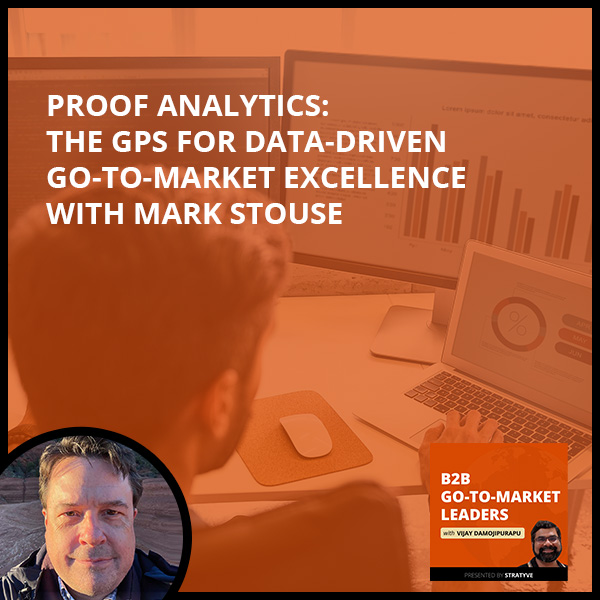
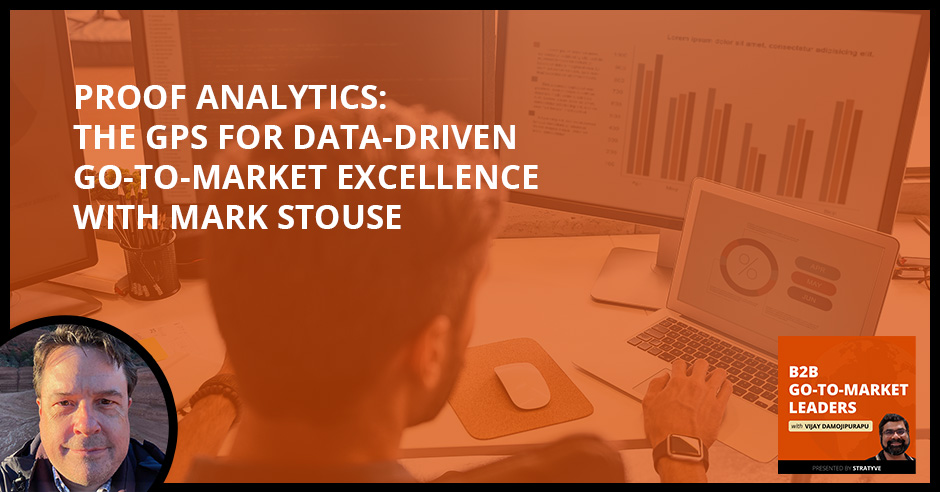



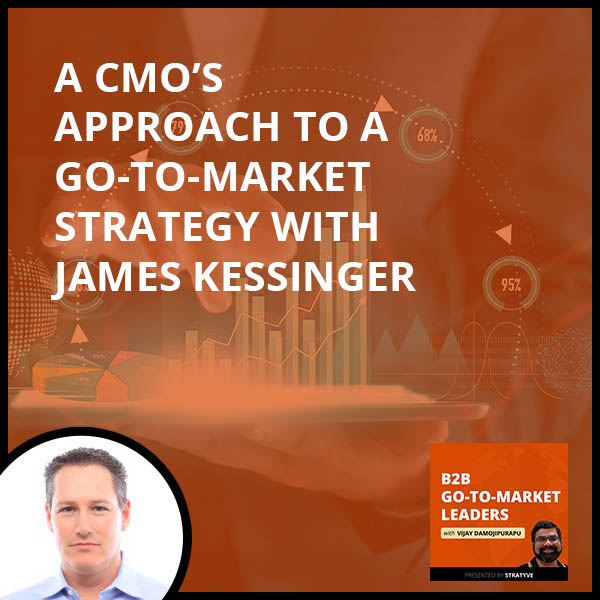
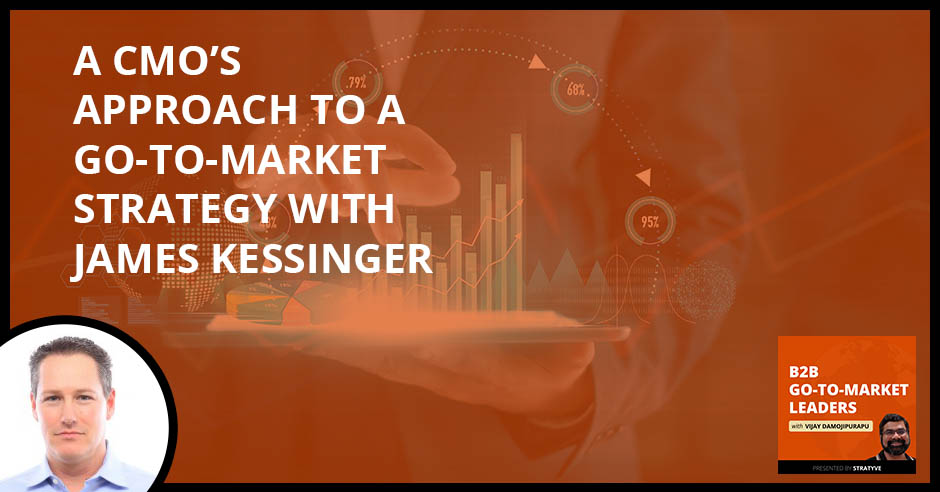




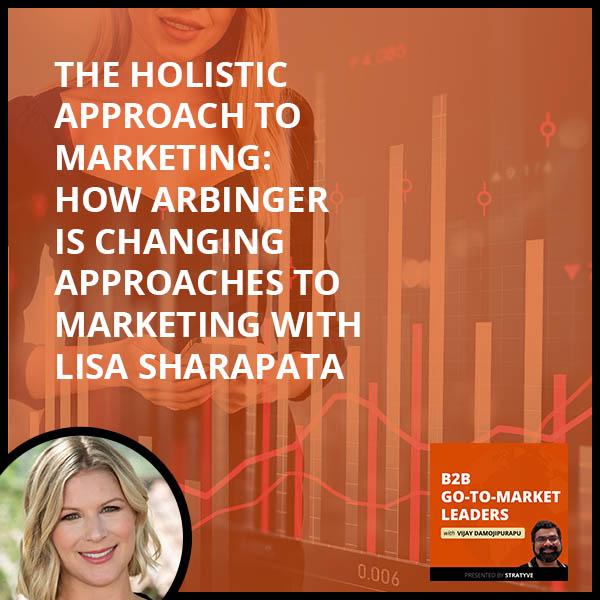
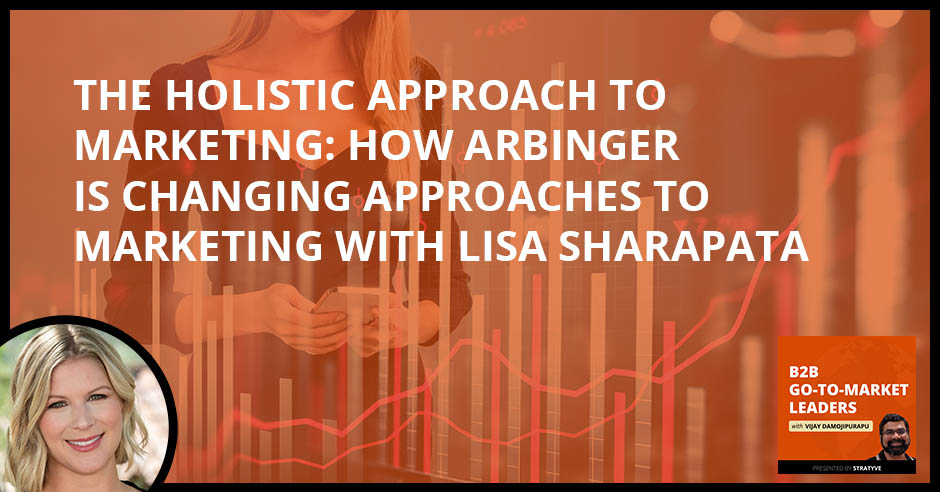



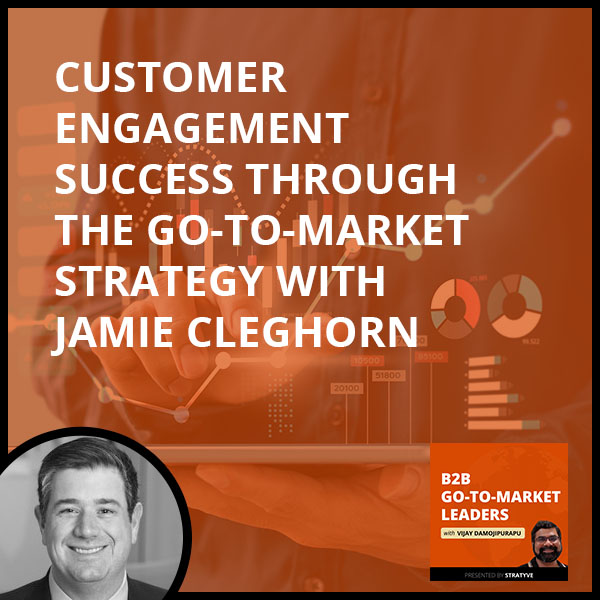
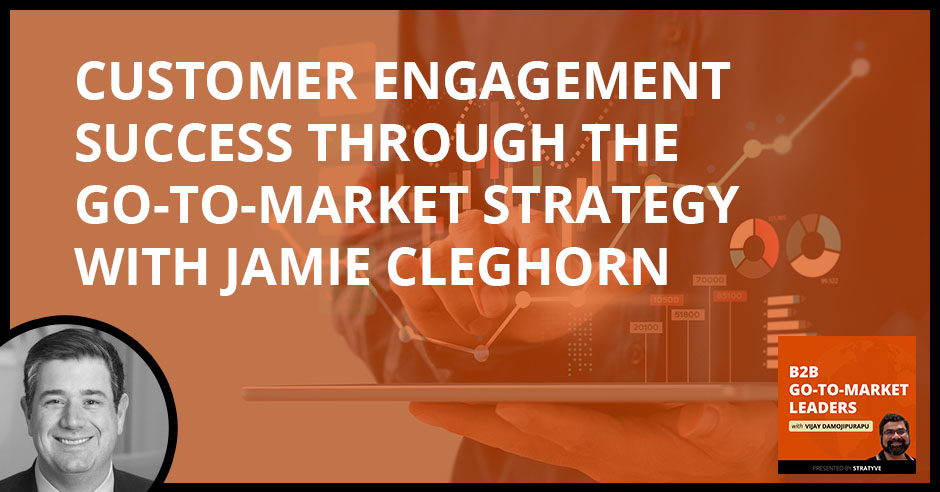





 Jamie Cleghorn is a partner in the Chicago office of Bain & Company. He is a member of Bain’s Technology and Customer practices. Jamie leads Bain’s B2B Commercial Excellence practice in the Americas, leads Bain’s GTM Transformation and Sales Play System℠ solutions globally and is one of the developers of the Elements of Value℠.
Jamie Cleghorn is a partner in the Chicago office of Bain & Company. He is a member of Bain’s Technology and Customer practices. Jamie leads Bain’s B2B Commercial Excellence practice in the Americas, leads Bain’s GTM Transformation and Sales Play System℠ solutions globally and is one of the developers of the Elements of Value℠.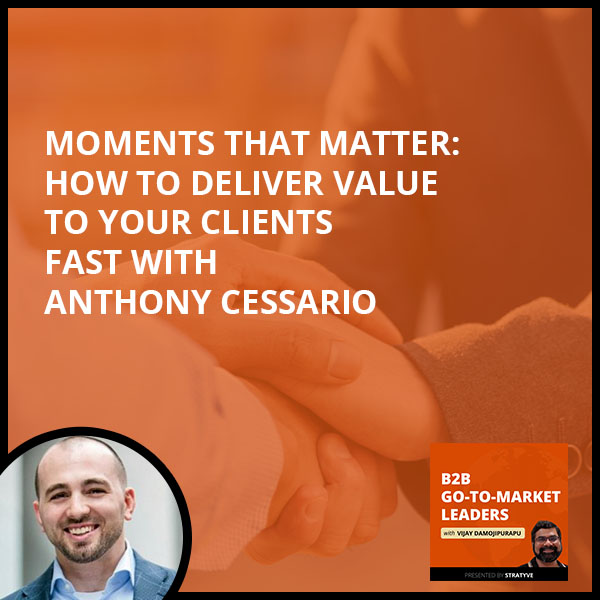
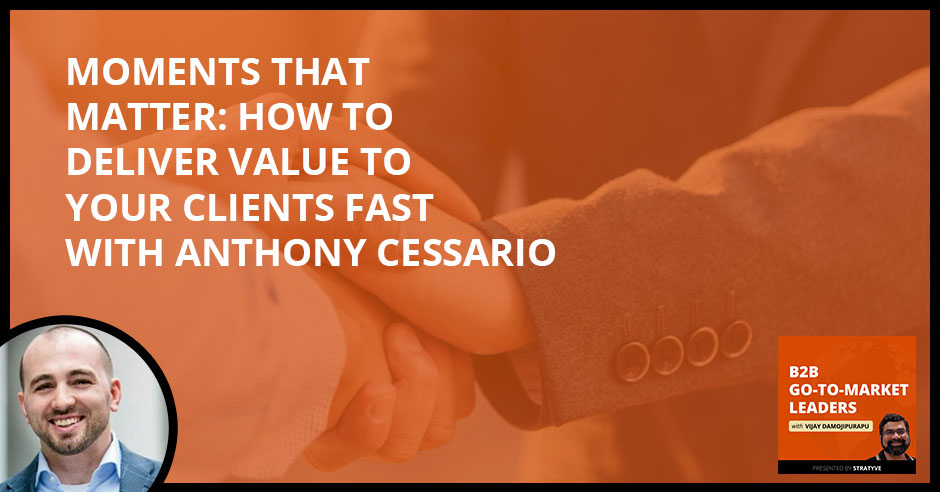




 There are 168 hours in a week. Here’s what mine looks like on a regular basis.
There are 168 hours in a week. Here’s what mine looks like on a regular basis.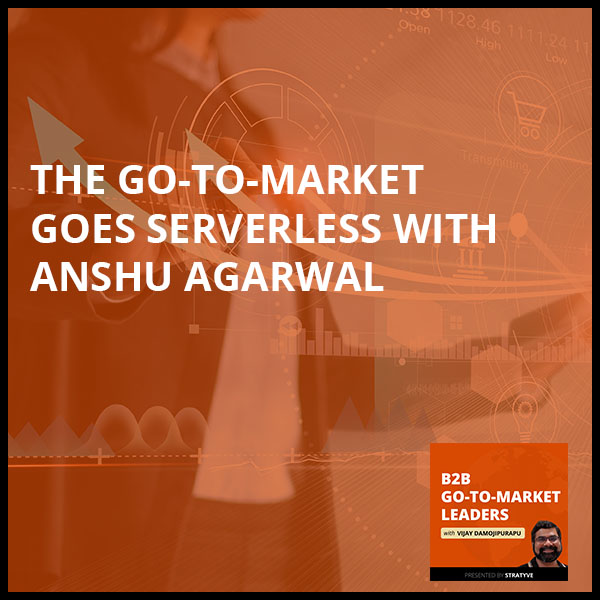


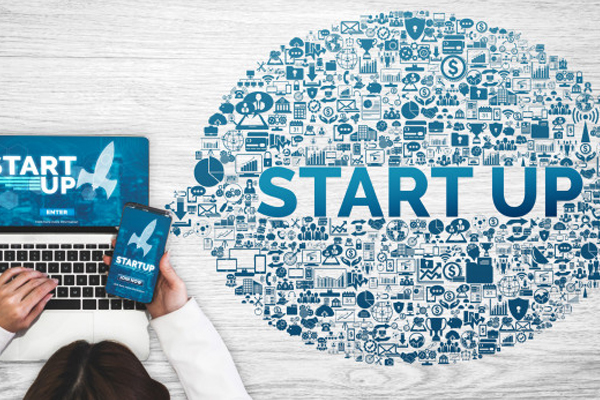

 Anshu is an experienced senior-level executive with extensive experience at startups and Fortune 500 companies in Marketing and Product Management. She has strong expertise in positioning, marketing communications, new product launches, business planning and go-to-market strategy and execution. Anshu has a reputation for successfully building and leading high-performance startup teams. She has experience with both hardware and software products including SaaS.
Anshu is an experienced senior-level executive with extensive experience at startups and Fortune 500 companies in Marketing and Product Management. She has strong expertise in positioning, marketing communications, new product launches, business planning and go-to-market strategy and execution. Anshu has a reputation for successfully building and leading high-performance startup teams. She has experience with both hardware and software products including SaaS.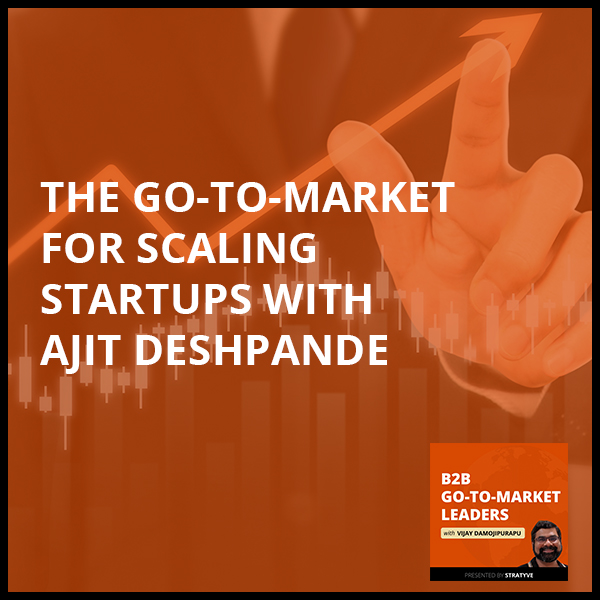
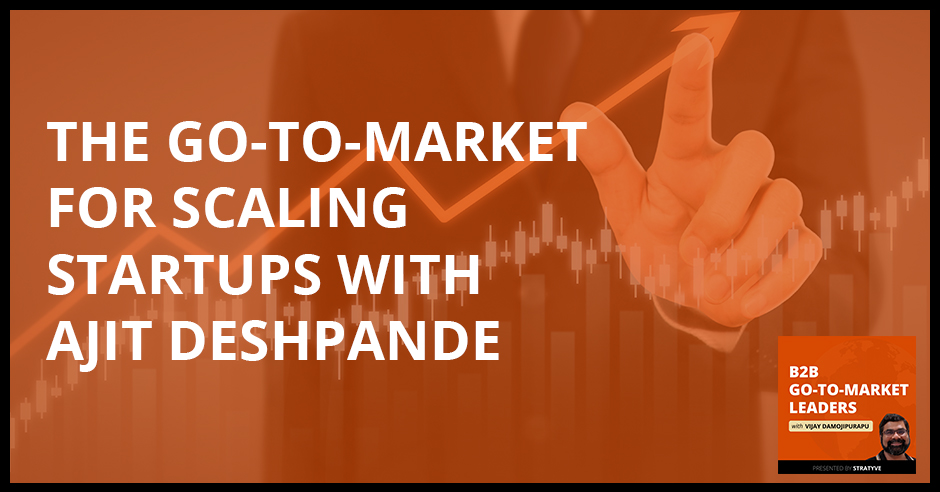



 Vice President of Demand Generation at Marqeta, Inc
Vice President of Demand Generation at Marqeta, Inc
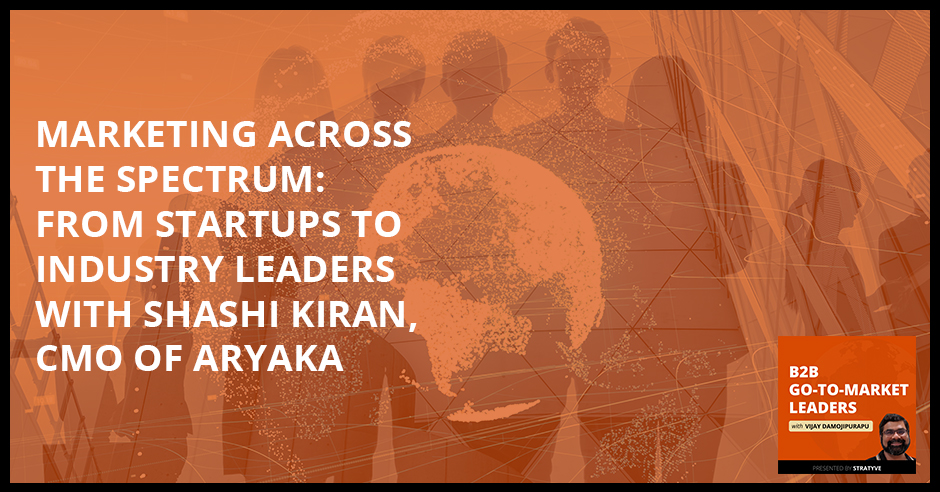



 A proven executive with 20+ years of experience in business and technology roles. I adopt a growth mindset and enjoy driving outcomes that create impact, value and deliver a positive experience. Building trust-based relationships based on integrity, authenticity and avoiding politics are core to my personality. I’ve been involved in marketing, sales, business development and product management at large global companies and smaller startups. Love solutions and connecting the dots to win big! Meritocracy, passion and humility are key ingredients of my team-building formula.
A proven executive with 20+ years of experience in business and technology roles. I adopt a growth mindset and enjoy driving outcomes that create impact, value and deliver a positive experience. Building trust-based relationships based on integrity, authenticity and avoiding politics are core to my personality. I’ve been involved in marketing, sales, business development and product management at large global companies and smaller startups. Love solutions and connecting the dots to win big! Meritocracy, passion and humility are key ingredients of my team-building formula.